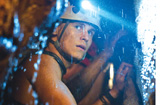
The effects team at Iloura built a cavernous underground world for 'Sanctum', Producer Andrew Wight's story of danger and adventure. VFX Supervisors David Booth and Peter Webb with editor Ben Joss talk about their own adventures taking the movie, shot in stereo 3D, through post production.
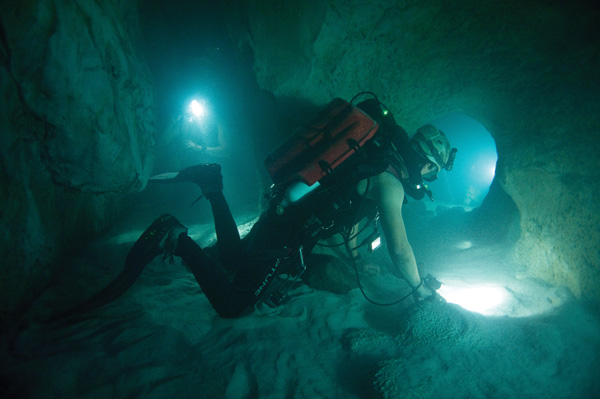 |
|
The film was shot on the Gold Coast in Queensland until March 2010, when the footage was brought back to Melbourne for post. Editor Mark Warner and the editorial team's first step was two weeks of assembly for the director to look at, from which the producer's edit was cut. During assembly, First Assistant Editor Ben Joss was also working with the director to cut together the VFX sequences. Cave Research VFX shots were needed from the beginning of the film, with a helicopter flight over the jungle forest, the aerial reveal of the cave's doline – the Esa-ala Caves' entrance, an enormous sink hole surrounded by forest - the hole itself and the characters' entry into it, and continued throughout the film, focussed mainly on extending the foreground sets, shot against green screen, with massive, detailed CG cave interiors. Although fairly extensive practical sets had been built at the filming locations on the Gold Coast, a number of the underground caverns needed to be as large as football stadiums and reveal fantastic structural designs that would have proven monumental to construct. As the production's on-set VFX Supervisor, David was responsible for gathering all information the FX team at Iloura would need to create these extensions from the ground up. He and Producer Andrew Wight took a trip out to South Australia where they could study a real doline set in limestone although, at 3m across, it was much smaller than the Esa-ala Caves represented in the film. Even so, on their trip, David photographed vegetation, light angles and effects in and around the doline. He also collected photo references of rock formations and textures, which the team could use to fabricate their own rock textures and surfaces to project onto their 3D cave geometry. Working On Set David explained that when shooting scenes in stereo involving green screen replacement, it was important to keep the interocular distance locked during camera moves, to avoid having to repeatedly adjust the convergence point later in post. To begin work on such shots, the team's tracker would make sure the live action left and right eye images matched properly before the artists inserted the background extension in the right eye shot, which they used as their master. When everything was complete the same work was applied to the left eye. Because setting the convergence was critical to getting these shots to work, from the foreground straight through to the CG background, keeping the I/O locked during the shoot was helpful. Terrain Challenges David said, "One of the most challenging CG sequences illustrates what the director had underestimated – to tell this story, the audience had to see the environments in detail and comprehend their scope and size and consequently, many shots from various angles had to be created throughout the film. This scene was at the vast cave entrance, as the characters abseil and parachute down to the interior below. A ledge was built for the actors to jump from, over a 40ft deep space. The VFX team had to build the cave environment, the parachute, the parachutist, birds, falling water and light shining through it – all in CG, down to the bottom." |
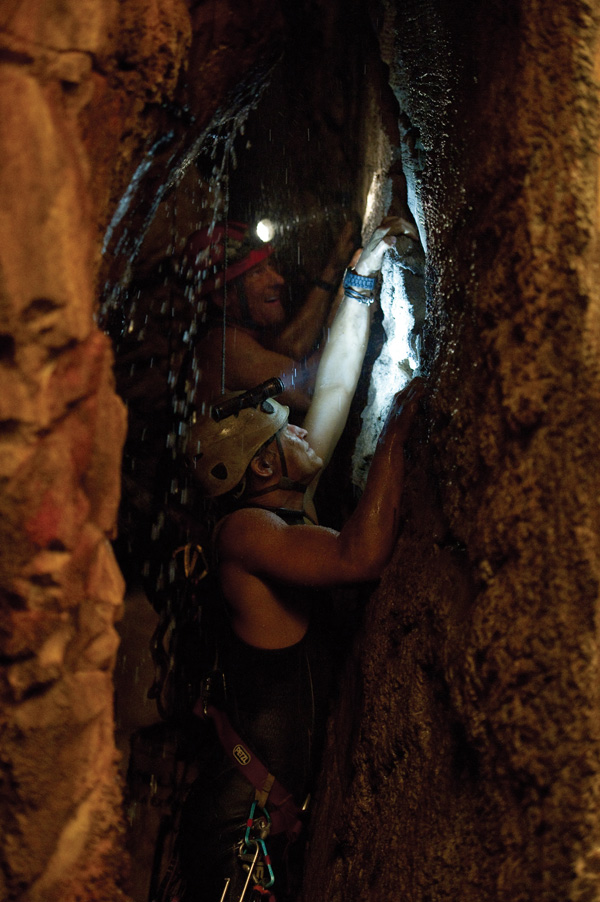 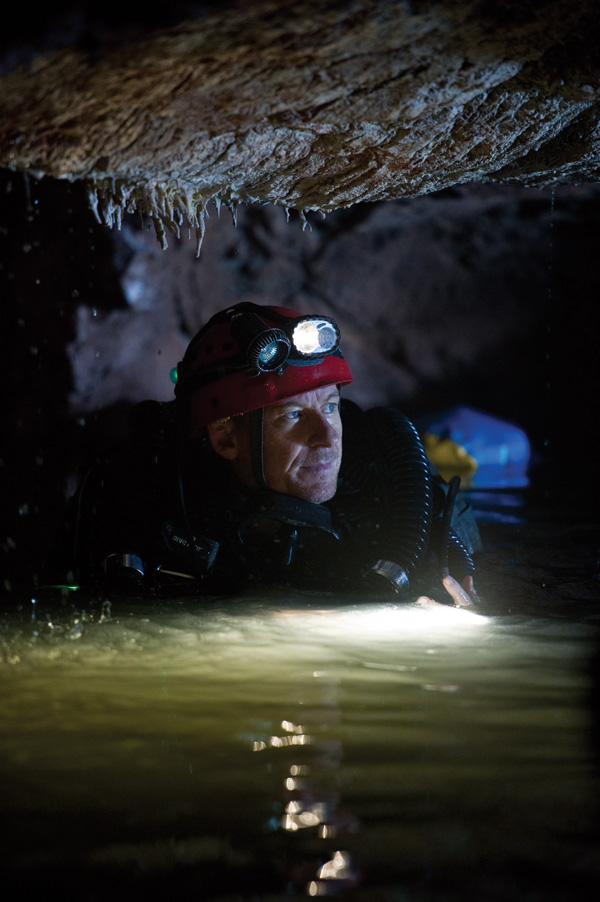 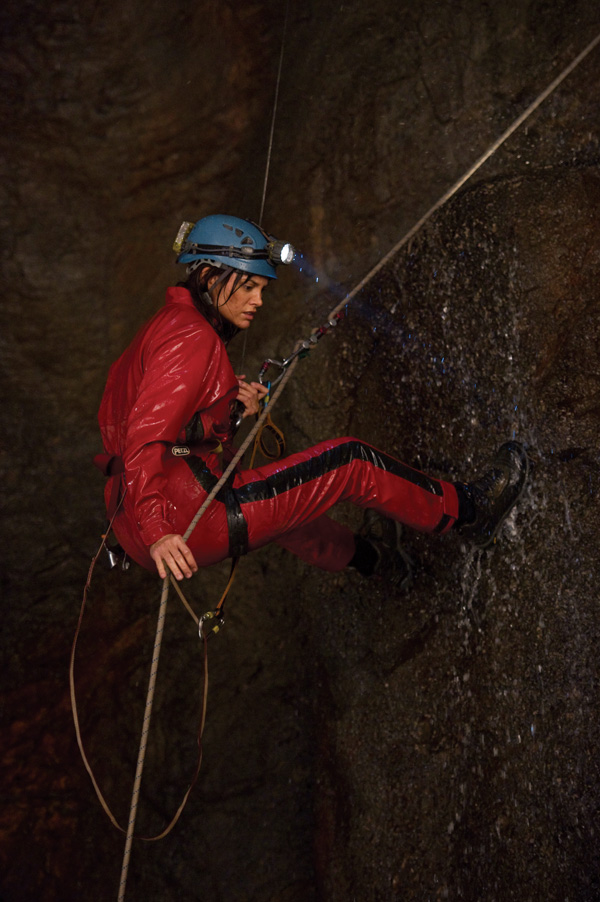 |
|
Image Correction Also the headlamps the actors were wearing tended to dominate shots in which the convergence had been changed, and David would have to reduce the detail in the lamps and adjust the shot. Furthermore, while they read reasonably well in the live action footage, they weren't so successful against green screen and had to be removed and replaced with CG beams, ensuring they were shining in the correct direction to work stereoscopically as well. Alignment and Colour The original footage had to be prepared before it went into their VFX pipeline, checking for alignment and colour disparity problems. The success of all of their effects work would depend on correct stereo alignment and positioning of the convergence point relative to the interocular distance. The team helped David Booth with some of the image correction work, using Nuke with the OCULA plug-in. The right and left images of shots requiring set extensions and compositing in CG elements, in particular, had to be tracked before the team started work. Aerial Views But in fact, they ended up 'cheating' on the size of the hole in some shots in order to produce the necessary dramatic effect. In some instances they had to make it twice the actual size than in others - after all, it was going to be the focus of the entire story. Nuke with OCULA, plus a few of Iloura's own techniques, helped blend the CG into the shots while making sure the stereoscopy was consistent. Sense of Scale Working with light, how it fell on objects and calculating the light fall-off and pinpointing distance when the camera faced out into the dark reaches of the set extensions was another way of conveying their size. Up to a point, this could be based on how light from the actors' headlamps behaved in the built sets. Atmospherics such as drifting rain and water helped to occupy the huge spaces and catch stray shafts of light. Creating such massive set extensions as the caverns tends to make the usual use of HDR images of the set for lighting inadequate. However, given the story's underground location, the absence of a natural light source would have meant the only available light would have come from the divers' helmets, requiring the artists to creatively introduce enough additional light to make a worthwhile viewing experience while maintaining an authentic feeling. "Our designs for the sets were just a start point," said Peter. "From there, working with the lighting and the stereo became a creative process." All of these elements were calculated into their complete light simulation, and although everything started with real-world calculations, once each sequence was in the review theatre, it had to be assessed for dramatic impact, storytelling and the director's vision. Sometimes the environments needed to be brighter, darker, or appear closer or further from the camera. Reference To create the rock surfaces for their set extensions, they used the hundreds of high-res reference stills David Booth had taken on set and on the research trip he and Andrew had made to South Australia. Helping to define the interior structures, in the absence of a real location to scan, were Andrew Wight's photos and reference material gathered during his caving trips, which gave them a real-life start point for the looks of the environments and lighting. But each cavern had to have its own looks and personality – St Jude's Cathedral, the Belfrey where Ben and Frank discover a Japanese tank, the huge desert-like set the team called the 'Sunless Sahara' due to the sand dunes covering its floor – and had to be referenced separately. The team also did some of their own research. Nevertheless, no single source was able to give them exactly what they wanted or needed for each of the caverns and so the caves seen in the film are created with digital matte paintings projected over CG modelled terrain. |
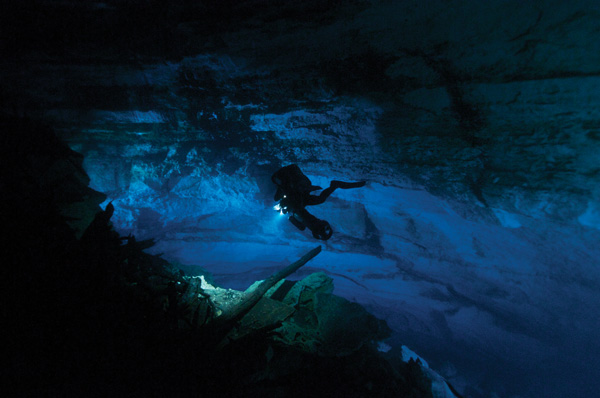 |


















